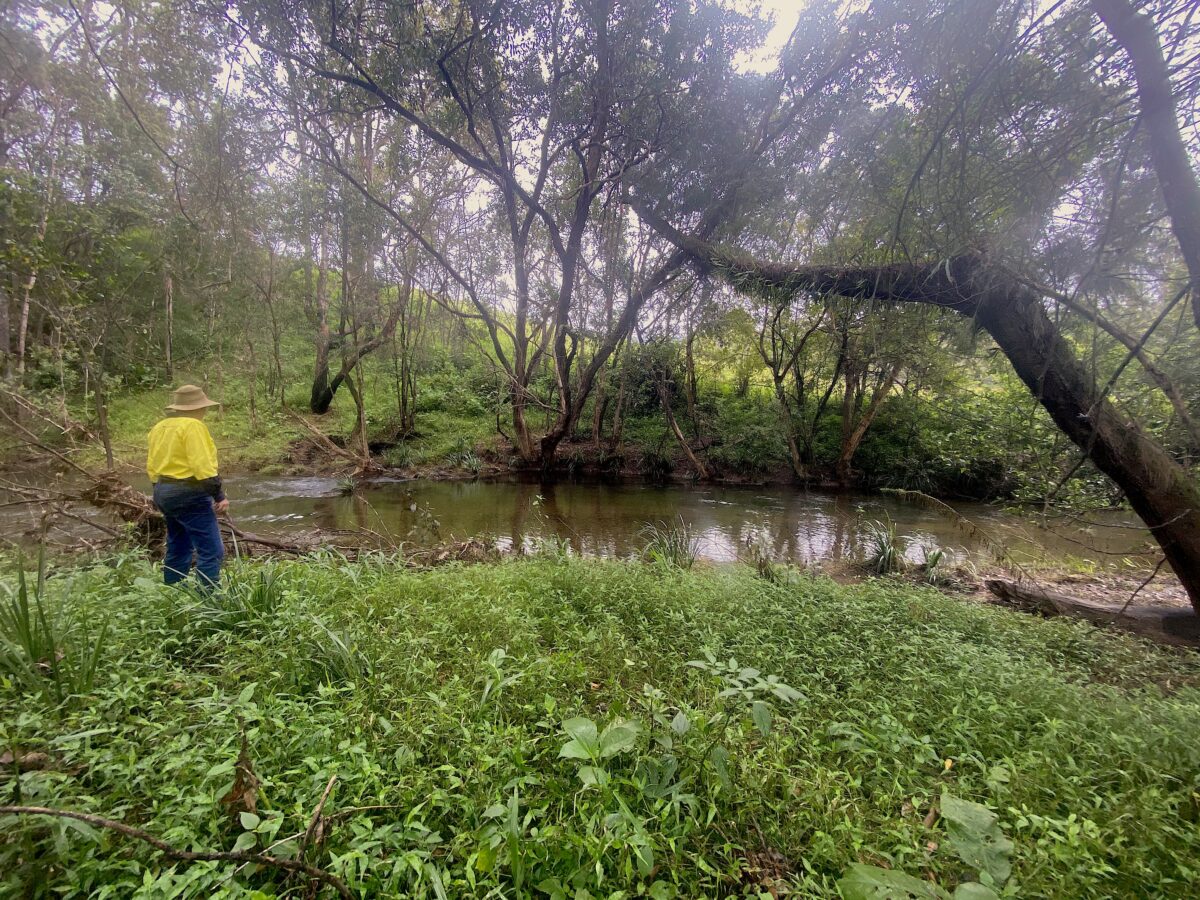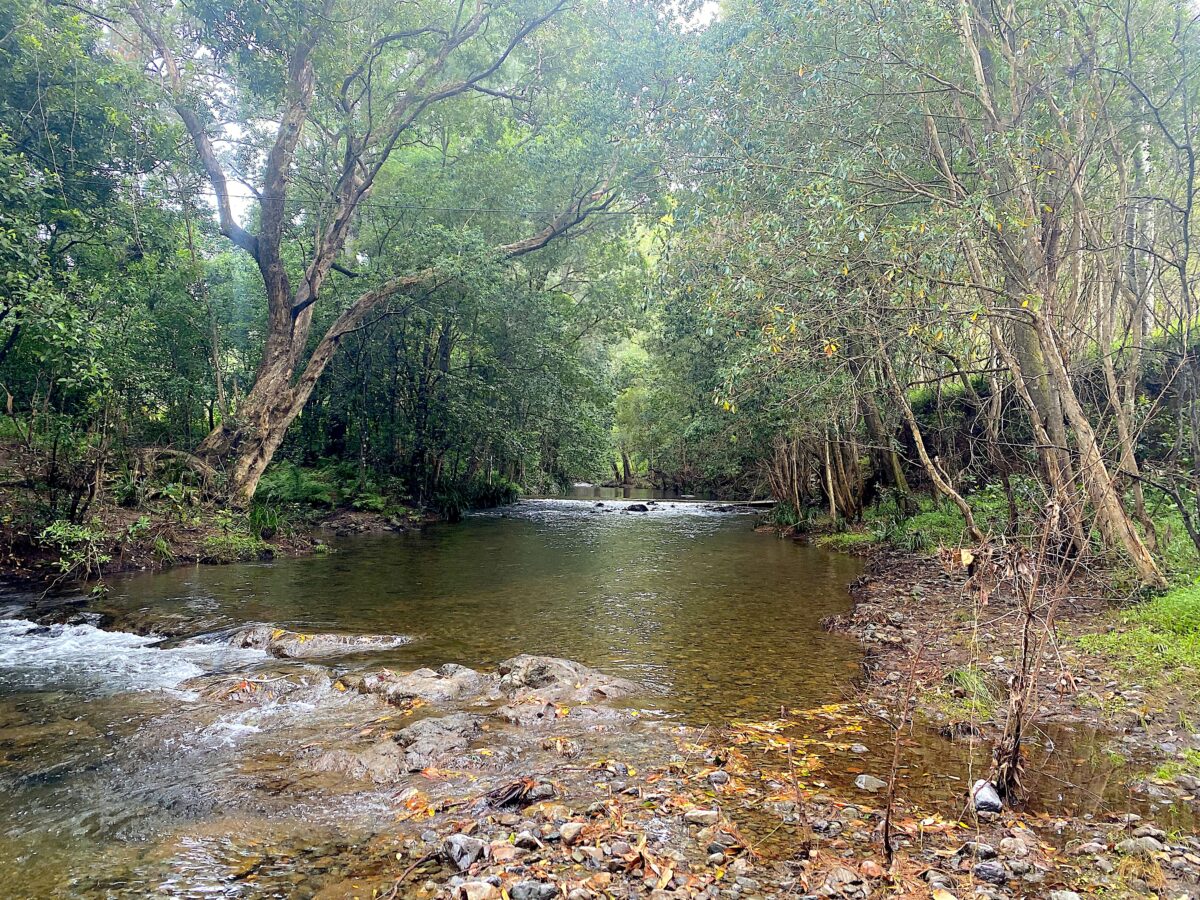Helping our helmeted friends
The endangered Manning River helmeted turtle’s habitat was damaged in the Black Summer bushfires of 2019-2020.
The OzFish Manning Chapter partnered with MidCoast2Tops Landcare to complete noxious weed removal at five sites, totalling 5 kilometres of riverbank, in the upper reaches of the Manning River to protect remaining Manning River helmeted turtle habitat and assist native vegetation recovery.
Unfortunately, heavy rainfall and widespread flooding in the region following weeding has hindered efforts to reinstate native vegetation with community planting days postponed. Planting days are scheduled for late-July with MidCoast2Tops Landcare and OzFish volunteers taking part to reinstate the valuable riparian vegetation that has otherwise been lost which is critically important for Manning River helmeted turtle populations.
The magnificent Manning
The Manning River is sourced from headwaters of the Barrington Tops hinterland and as it flows towards the estuary, it becomes a significant producer of quality Australian oysters and supports fisheries both recreationally and commercially. Popular species such as bream and flathead are found around the oyster leases and weed beds of the estuary as well as into the fresher reaches of the river; whereas around the Harrington breakwall mulloway, schooling tailor and other pelagic species are commonly targeted by local fishers. Heading back towards the headwaters, where Manning Turtles once thrived, you can find Australian bass and eel-tailed catfish, with the presence of eel-tailed catfish generally an indicator of good river health.
Like much of coastal NSW however, the upper reaches of the Manning River catchment burned extensively, as fire ravaged the Manning Valley and Great Lakes region for weeks during the 2020 Bushfires.
A living fossil
Aside from oysters and fish, the Manning River is also the only home in the world to a striking, endangered medium-sized freshwater turtle. The Manning River helmeted turtle (Wollulmbinia Purvisi) is considered a ‘living fossil’, and only is found in the middle and upper reaches of the Manning River and its tributaries. It is easily distinguished by its clear bright yellow stripes on its head, throat and tail and inhabits relatively shallow, clear and continuously flowing water with rocky and sandy substrates.
The species population in the Manning, which had already seen a significant decline in population abundance and distribution, were likely significantly impacted by the fires directly, as well as indirectly through habitat loss, increased sedimentation into the waterways following the fires, reduction in water quality, predation by invasive species, and loss of eggs as the females lay them on the riverbanks which were both burned and degraded in stability following the recent events.
The Landcare Australia Aquatic Wildlife Habitat Bushfire Program is funded by the Australian Government’s Wildlife and Habitat Bushfire Recovery program.



Thanks to the OzFish Landcare partnership, there are now much-needed bushfire recovery threatened species projects underway across the country
FIND OUT MORE



